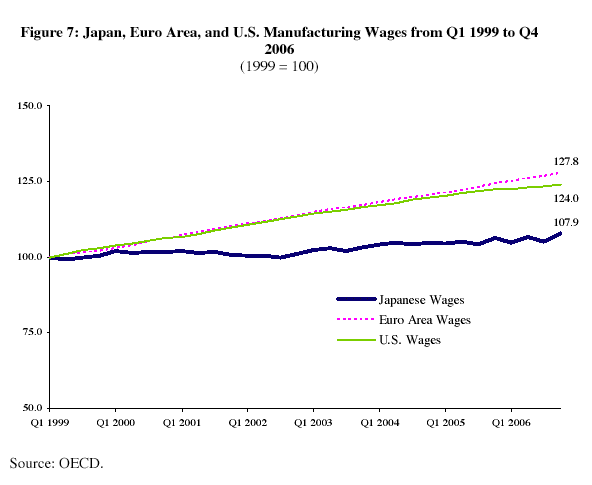Originally posted by metalman
View Post
but, then I guess I have the benefit of 3 different citizenships between my spouse and I
still, easy for an American to go north if you have an education - the main problem I find is a general stagnation of thinking in Americans - like they are stuck here no matter what
I don't consider being in gold and US treasuries safe if you live in the US - you know the dollar devalues - there goes your treasuries, you know chances of a balance of payments crisis increase - then what? currency controls and maybe a 90% tax on gold? you're stuck - how is that protection if the worst case develops which it always seem to with iTulip forecasts?
you aren't protected at all. You are much more protected if you sit in Canadian t-bills and gold up there and Canadian commodity currency cash










Leave a comment: